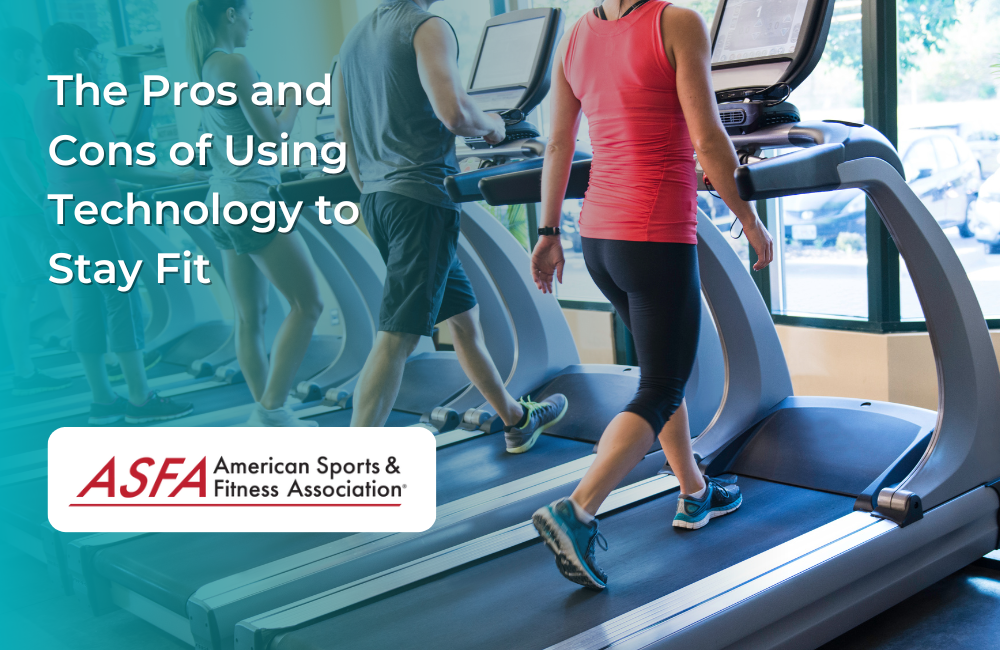
In recent years, fitness technology has changed the way Americans take care of their health. From smartwatches and mobile apps to digital scales and AI-powered workout machines, millions of people across the United States are using tech tools to stay active, track progress, and meet their wellness goals. This shift is not just a trend—it’s a lifestyle transformation.
This article explores how Americans are using fitness technology, the types of tools they prefer, and how these devices are making a real difference in their health and daily lives.
Table of Contents
The Rise of Fitness Technology in America
The demand for fitness technology in the U.S. has grown fast, especially after the COVID-19 pandemic. As gyms closed and people were stuck at home, many turned to digital tools to stay fit. Even now, with gyms open again, the use of fitness tech is stronger than ever.
According to market research, over 60% of Americans use some form of health or fitness technology—whether it’s a fitness tracker like Fitbit or Apple Watch, a mobile fitness app like MyFitnessPal or Peloton, or even virtual personal trainers powered by AI.
Fitness tech is no longer just for athletes. It is for everyone—young or old, beginner or advanced. These tools are helping people lose weight, reduce stress, sleep better, and even manage serious health conditions like diabetes and heart disease.

Popular Fitness Tech Tools Americans Love
Let’s break down some of the most popular types of fitness tech used by Americans today:
1. Fitness Trackers and Smartwatches
Fitness trackers like the Fitbit, Apple Watch, Garmin, and Whoop Band are among the most used devices. They monitor steps, heart rate, calories burned, sleep, and more. They also send reminders to move and help users stay consistent with their routines.
Smartwatches with health apps can now track your oxygen levels, ECG (electrocardiogram), and even stress levels. These gadgets provide instant feedback and daily health insights.
2. Mobile Fitness and Diet Apps
Mobile apps have made fitness more personal and flexible. Apps like MyFitnessPal, Nike Training Club, Strava, and Noom offer custom workout plans, calorie tracking, and food logging. Users can set goals, track meals, join online challenges, and connect with communities.
Many Americans use these apps not just for weight loss but for building healthier eating habits and learning about nutrition.
3. Smart Home Gym Equipment
Smart home gyms like Peloton bikes, Mirror, Tonal, and NordicTrack have changed the way people work out at home. These devices come with built-in screens, trainers, and AI that adjust workouts based on your progress.
For busy professionals, parents, or those who don’t enjoy crowded gyms, smart equipment offers a complete fitness experience in the comfort of their homes.

4. AI and Virtual Trainers
AI-driven workout platforms are gaining popularity. These tools analyze performance, suggest improvements, and offer virtual coaching. Some platforms use computer vision to check your posture and form in real-time.
Virtual trainers on platforms like YouTube, FitOn, or through VR fitness games also make workouts more fun and interactive.
Why Americans Trust Fitness Tech for Better Health
The success of fitness technology in the U.S. lies in its ability to offer real-time data, personal motivation, and accessibility. Here’s why so many people are embracing these tools:
1. Real-Time Feedback
Fitness trackers and apps give users instant updates about their progress. Whether it’s counting steps or monitoring sleep, users can see results every day, which builds motivation and accountability.
2. Personalization
Tech tools allow for personalized workouts, meal plans, and health advice. Unlike generic gym plans, apps and smart devices adjust based on user input, goals, and results.
3. Motivation and Community
Many fitness apps include social features like leaderboards, group challenges, and progress sharing. Americans often find motivation through community support and online fitness groups.
4. Convenience
For people with busy schedules or limited access to gyms, fitness tech offers flexibility. You can work out at home, during lunch breaks, or even while traveling.
5. Long-Term Health Tracking
Smartwatches and apps store long-term data. This helps users see trends over weeks and months. Some users even share this data with doctors to monitor health conditions.
Health Benefits Reported by Users
According to various studies and surveys, Americans who regularly use fitness technology report several benefits:
- Weight Loss: Many users claim they lost more weight by tracking food and exercise.
- Better Sleep: Devices that track sleep patterns help users improve rest quality.
- Improved Heart Health: Tracking heart rate helps in better cardio management.
- Mental Health Support: Meditation apps and breathing reminders reduce stress and anxiety.
- Chronic Condition Management: People with diabetes, hypertension, or joint pain can better manage their symptoms using digital health data.
Challenges and Concerns
While fitness technology has many benefits, there are also some concerns:
- Data Privacy: Users often worry about how their health data is collected and used.
- Accuracy: Some devices may not always provide 100% accurate data, especially for sleep or calorie counting.
- Cost: Smart home gyms and premium app subscriptions can be expensive.
- Over-Reliance: There is a risk of becoming too dependent on devices instead of listening to one’s own body.
Still, most users agree that the pros outweigh the cons, especially when devices are used with a balanced approach.
The Future of Fitness Technology in America
The future looks promising. New technologies like wearable ECG monitors, smart shoes, and AI-driven wellness coaches are already entering the market. Voice-based health tracking, more advanced sleep tech, and deeper integration with healthcare systems are also on the way.
In the near future, your smartwatch may be able to warn you before a heart problem starts, suggest healthy recipes based on your stress levels, or even schedule a virtual doctor consultation.
Final Thoughts
Fitness technology is changing how Americans look at health. It is no longer just about losing weight or building muscles. It’s about living a better, longer, and more balanced life.
As devices become smarter and more affordable, more people are expected to join the fitness tech revolution. Whether it’s walking an extra 2,000 steps a day or completing a virtual yoga class, technology is helping people take small but powerful steps toward better health.
In a world full of distractions and busy schedules, fitness technology is proving to be the silent partner Americans need to stay fit and strong—both inside and out.
Read More :-Top 10 Tech Hubs in the USA Outside Silicon Valley





